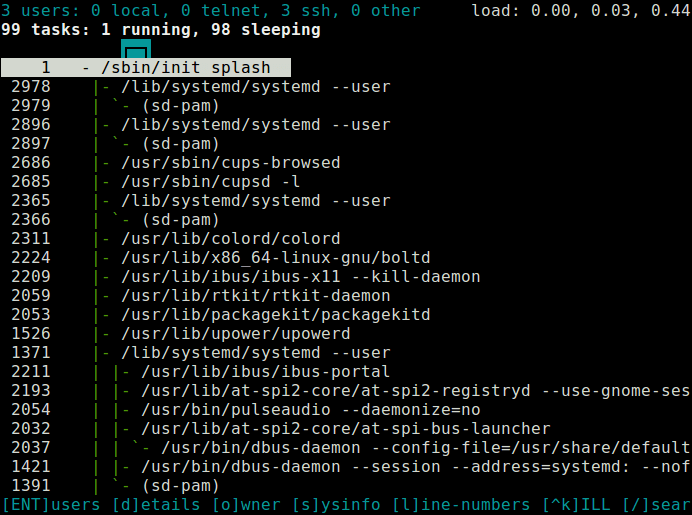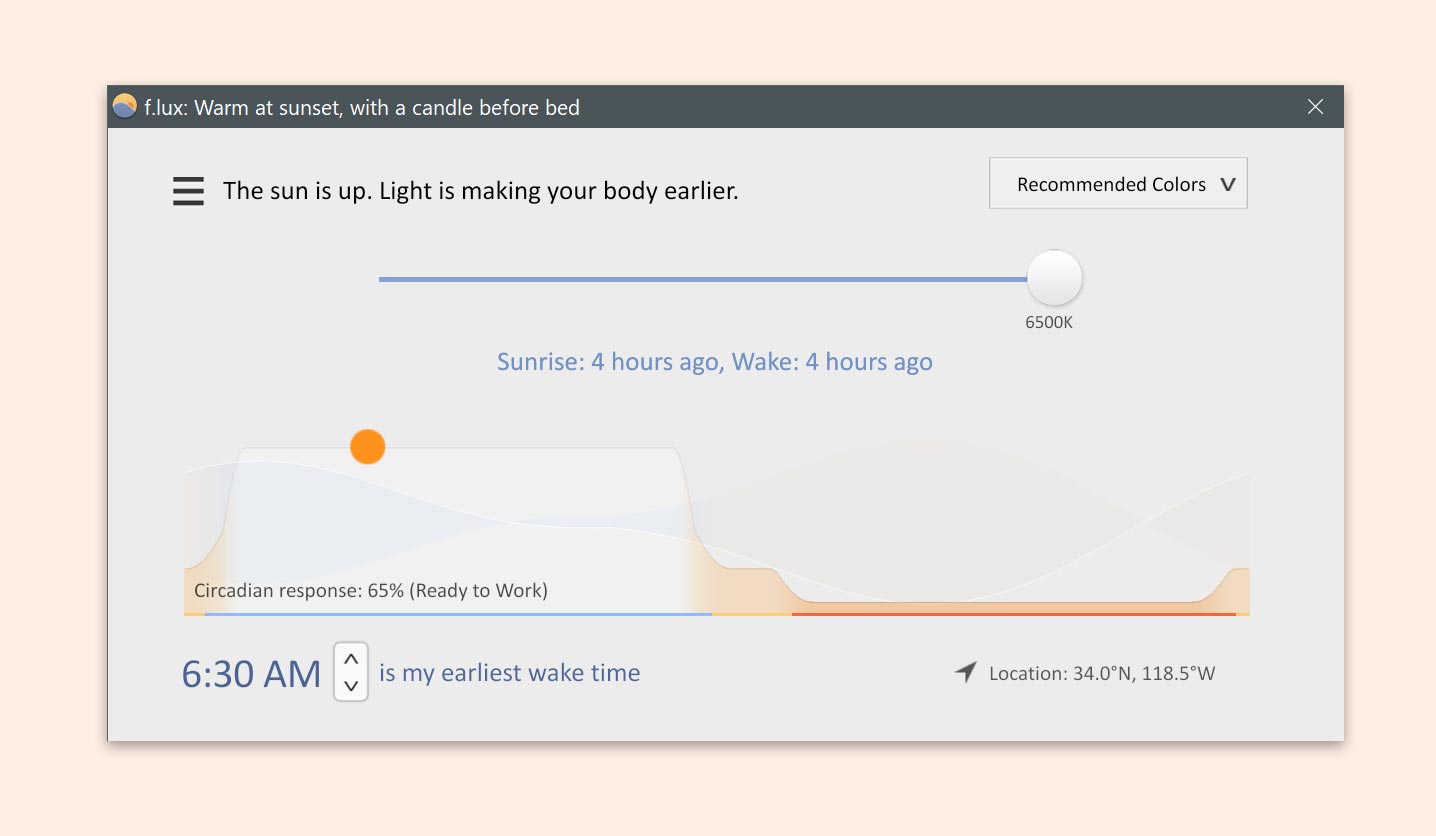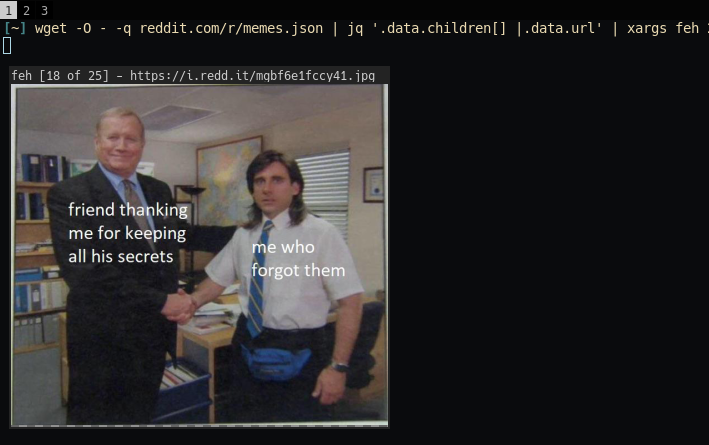131 private links
So The Register managed to incite a lot of discussion with a headline that plain-text e-mail is a barrier to entry for kernel development. While attention grabbing, this is actually not a new debate. Like a lot of tech arguments this one seems to come up on a cyclical basis. Maybe because maintainer summit didn’t happen this year it needed to come out elsewhere. I gave a few thoughts on twitter but this topic really deserves a longer look at the problem and what e-mail being a barrier really means.
Open source turn-based survival RPG development project.

whowatch is a simple, easy-to-use interactive who-like command line program for monitoring processes and users on a Linux system in real time.

This guide describes how to tune your AMD64/x86_64 hardware and Linux system for running real-time or low latency workloads.
A window manager manages the windows that applications bring up. We recommend the best c.ompositing, stacking, tiling, and dynamic window managers.
One of the main tool I use daily for any project is the fantastic tmux. It will change your terminal experience. What it is? How does it work? How to configure it?

In my previous seven articles in this series about systemd, and especially in the most recent article, time and date have come up in multiple contexts. systemd uses calendar time, specifying one or more moments in time to trigger events (such as a backup program), as well as timestamped entries in the journal. It can also use timespans, which define the amount of time between two events but are not directly tied to specific calendar times.
A complete guide about Tauon amazing music player for Linux. We wiil go through its features and learn how to install it in Linux distros
Here are five great tips and tricks for the Bash shell that you can use at your Linux terminal today.
I’ve helped thousands learn tmux through my free resource under the name The Tao of tmux, which I kept as part of the documentation for the tmuxp session manager. And now, it’s been expanded into a full-blown book with refined graphics, examples, and much more.
Some examples of using unix tools in a pipeline.

One of the first things that impressed me about Mac OS X when I first saw it was its screensaver. Instead of just showing a simple slideshow of your pictures, it actually used a ‘Ken Burns’ panning and zooming effect with a fancy fading transition to make the otherwise static pictures really come to life. It always sounded like a fun project to create a standalone tool to create slideshow movies that used this effect, with full control over where and how much pictures should be zoomed.
AWK is a text-processing language with a history spanning more than 40 years. It has a POSIX standard, several conforming implementations, and is still surprisingly relevant in 2020 — both for simple text processing tasks and for wrangling "big data". The recent release of GNU Awk 5.1 seems like a good reason to survey the AWK landscape, see what GNU Awk has been up to, and look at where AWK is being used these days.
Once lauded for its sane defaults, the latest Ubuntu release has usability issues.
Looking Glass is an open source application that allows the use of a KVM (Kernel-based Virtual Machine) configured for VGA PCI Pass-through without an attached physical monitor, keyboard or mouse. This is the final step required to move away from dual booting with other operating systems for legacy programs that require high performance graphics.
I can no longer sync iOS’ Contacts with my macOS Catalina’s Finder (the iOS sync portion of iTunes is now built into the Finder in macOS Catalina); the OS insists I’ve iCloud configured for Contacts which I do not. I’ve gone through all the steps Apple recommends, done the upgrades and the reboots, but there’s nothing doing. All the swearing and threatening of moving to a different operating system aren’t really helping.
DebianDog is very small Debian Live CD shaped to look and act like Puppy Linux. Debian structure and Debian behaviour are untouched and Debian documentation is 100% valid for DebianDog. You have access to all Debian repositories using apt-get or synaptic.
Atbswp is a new graphical utility (Python3) that can be used to record the mouse and keyboard events, and reproduce (play) them identically as many times as you want by either clicking a button or saving it as a script and running it without having to relay on Atbswp.
